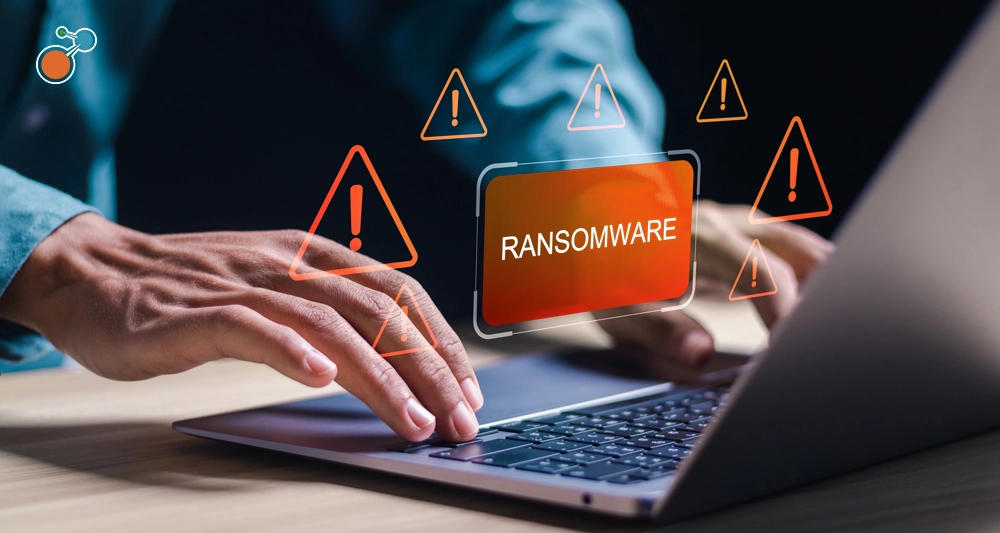If you’re on the hunt for a new RMIS vendor, you’ve probably identified your functional stakeholders, documented your requirements, and diagnosed your pain points in detail. Now you’re ready for the fun part: picking out a RMIS vendor that’s perfect for your organisation.
When responding to an RFP, RMIS vendors may make many claims – which may or may not be true. How do you sift through features, functions, and promises to distinguish the winner? How can you read between the lines to find the software that delivers the best value over the long term?
Here are five categories to zero in on to help you identify the RMIS that best matches your needs, wants, and goals:
 Data Quality
Data Quality
A top complaint about spreadsheets and disparate systems is the lack of data quality. Anyone can override data in a spreadsheet, and no one would be the wiser – until that erroneous data is used to make a critical business decision.
A RMIS minimizes data-entry mistakes by guiding users through a streamlined collection process. Changes and updates can be made instantly, in one place, at one time. And everything is documented so you know who made what change and why.
Look for:
- Consistent data capture: Does the RMIS vendor offer standardized templates, intuitive forms, or auto-filled fields to capture data consistently and completely?
- Streamlined workflows: Can the system streamline your workflows and eliminate duplicate data entry to save time and reduce errors?
- Data validation: Does the RMIS automatically validate data as it is entered? Can it spot missing, inconsistent, or out-of-range data entries?
- Data integration: Will the RMIS vendor clean and consolidate your data that’s going into the system – or are you expected to do it? Can the system seamlessly integrate with all of your insurers/TPAs?
 Reporting & Analytics
Reporting & Analytics
Manually extracting information from giant spreadsheets can be so time consuming, the report is out of date before it can be distributed. A RMIS should be able to turn incredibly complex data into highly visual reports in just a few clicks – without any specialized data-science skills or IT involvement needed. The whole point of the system is to help you understand your risk story in real time to make more informed decisions.
Look for:
- Built-in reports: What reports are available out of the box? Does the RMIS vendor need to programme your custom reports – or can you easily build what you need yourself?
- Data visualization: What dashboards and graphics are available to help show and tell the story of your data? Can you click through the dashboard to dig into deeper details?
- Predictive analytics: Can the RMIS help you answer “what if” questions? Can the system flag, say, potentially costly claims for early intervention?
- Collabouration and sharing: Can users easily share data and collabourate on actions without ever leaving the platform?
 Automation
Automation
When it comes to getting in front of risk, speed is everything. And automation is the key to speed. RMIS vendors should demonstrate how the system automates workflows and data collection so you can spend less time on routine tasks and more time on strategic actions that add long-term value.
Look to automate:
- Routine processes and workflows for renewals, claims administration, policy management, incident management, and more.
- Data consolidation to seamlessly collect data from all stakeholders and systems – including carriers, TPAs, vendors, brokers, etc. – and have it formatted and ready to go into reports.
- Alerts and reminders so no one has to remember to manually follow up again and again.
- Reporting to quickly deliver real-time data and insights to inform critical decisions.
 Security
Security
Security is a critical issue, and it’s important to dig into a RMIS vendor’s claims. Know how your data will be stored and protected. RMIS vendors should provide a detailed security plan for access controls, firewalls, and data centres. Unidentified problems can impact your project timeline and budget.
Look for:
- User-access controls, including encryption, audit logs, and firewalls
- Global data centres that are physically secured using a defence-in-depth approach with a complete disaster recovery plan
- Independent third-party certifications, such as SOC 2 Type 2, SSAE 16 Type 1, and ISAE 3401
 Service
Service
While the technology is important, your success also depends on selecting the right RMIS vendor that will partner with you every step of the way – through implementation, adoption, and beyond.
Look for:
- A team you like and trust. Are you comfortable with the people you’ll be working with? Does the team really listen to your needs and concerns – and find solutions that will work?
- A clearly defined implementation plan. Has the RMIS vendor provided a realistic implementation schedule? Is ample time built in to thoroughly test the system, train users – and deal with any surprises?
- Technical support resources. What type of support does the RMIS vendor provide? And what is the typical response time? How many support hours are included in your contract?
- Demonstrated expertise: Make sure the RMIS vendor has demonstrated expertise in technology, risk, and insurance – and has the longevity and resources to go the distance with you.
RMIS vendors can make plenty of promises of flexibility, reliability, and integration. But once you scratch the surface, many of those promises come up empty. Do your homework to avoid painful and expensive surprises down the road.
The care, interest, and genuine respect you experience from the RMIS vendor in the buying process is an excellent indication of what’s to come.
Ready to draft an RFP for a RMIS? Download this RMIS RFP template of the most critical RMIS-related questions to include in your request for proposal – and check out Riskonnect’s Risk Management Information System.




